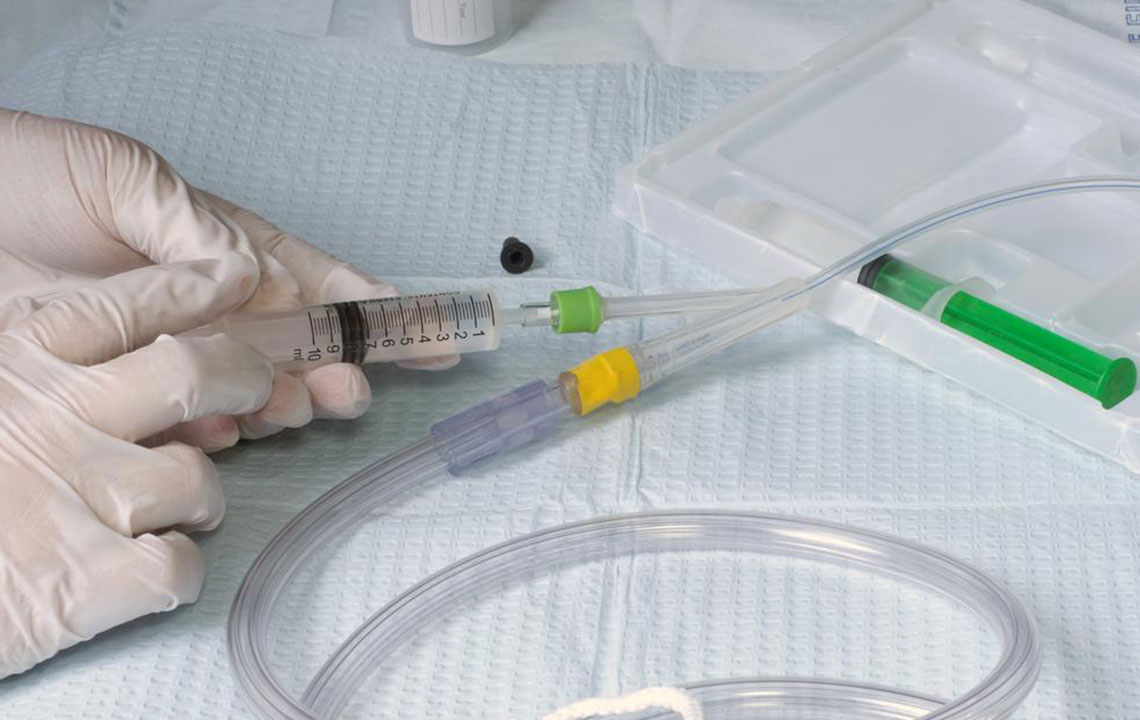Steps to manage urinary incontinence effectively
Urinary incontinence can definitely be problematic. One might feel embarrassed to discuss it with their doctor or ignore to seek timely bladder control treatment. Any delay in treatment for even mild urinary incontinence can aggravate the symptoms or cause severe bladder problems later on.
The doctor can help an individual manage urinary incontinence through effective bladder control treatment plans and simple lifestyle modifications.
Steps to Manage Urinary Incontinence
The doctor may recommend some lifestyle changes and exercises to help handle the bladder problems.

Kegel exercises
One can perform Kegel exercises to strengthen the pelvic muscles. These pelvic floor muscles support bladder and urinary functions. These muscles can become weak after prostate surgery, childbirth or from pregnancy, obesity and menopause.
- Kegel exercises consist of contracting and relaxing pelvic muscles. One can find the right muscle to use during the urination process. When passing urine, stop the process midstream. The muscles you use for it are the same ones you squeeze during Kegel.
- Contract these muscles, hold for 5-10 seconds and then relax. Continue to breathe normally.
- One can perform these exercises comfortably, attempt at least three sets with at least 10 repetitions.
Lifestyle changes
Diet and exercise are important factors in keeping the bladder healthy. One can make the below changes in their lifestyle to make their bladder control treatment more effective.
- Include more fiber in the diet. Reduce the intake of alcohol, tea, coffee, citrus fruits, tomatoes and foods rich in fats, sugar and spices.
- Quit smoking as it can inflame the bladder and aggravate the urinary incontinence.
- Excess weight can put unnecessary pressure on the bladder. Attempt to maintain the ideal body weight.
Medical treatment
To manage the urinary incontinence well, it is also necessary to follow any bladder control treatment prescribed by the doctor.
- The doctor might prescribe medicines to treat an overactive bladder or help relax the bladder muscles. For menopausal women, estrogen creams and patches are also an option.
- Medical devices that one insert in the vagina can also help with mild urinary incontinence.
With simple changes and timely treatment, it is possible to manage urinary incontinence well.


